Agastache Flower - How To Grow Agastache
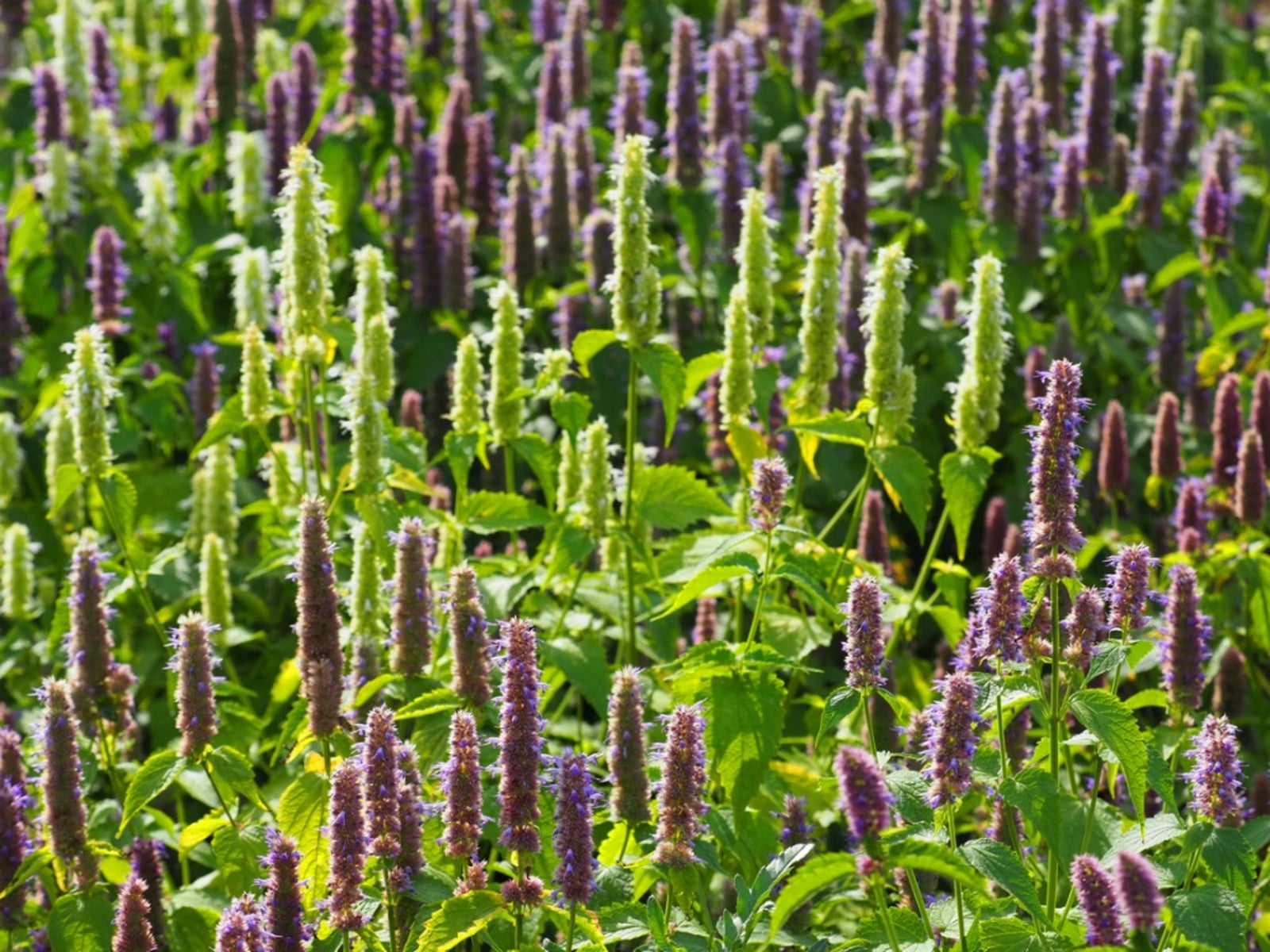

Agastache is a perennial plant with lovely flower spires that bloom all season long. The Agastache flower is commonly found in purple to lavender, but may also bloom in pink, rose, blue, white, and orange. Growing Agastache as a drought-loving perennial actually produces the best plants.
An Agastache plant is tolerant of low water and poor nutrient conditions, but provides you with a color display and enduring greenery for months. Learning how to grow Agastache requires no special skills or care.
What is Agastache Plant?
Agastache is in the Hyssop family of herbs and makes a flavorful tea. It is a striking plant that has many varieties, some of which are hardy and others that are frost tender and grown as annuals in most cooler climates. Growing Agastache requires sun and well drained soil.
The leaves resemble catmint and are a dull green with heavy veining. The plants can grow 2 to 6 feet (0.5 to 2 m.) tall and produce the showy Agastache flowers until the first frost. Agastache flowers come in a variety of colors and rise up off of stiff triangular stems. The blooms have the appearance of being coated with fuzz because they are comprised of many tiny florets.
The entire flower may be 3 to 4 inches (7.5 to 10 cm.) long and begin to bloom from the top down. This means that the florets at the crown of the flower die out first, leaving tips that look slightly burnt. This just adds more interest to the Agastache plant.
How to Grow Agastache
Growing Agastache can be done indoors as starts, or you may directly plant seeds into the garden in spring. Flowers will be produced more quickly on plants that are started indoors in May and transplanted in early summer. The Agastache plant is hardy in USDA plant hardiness zones 4 to 10. Most plants can survive temperatures down to 10 F. (-12 C.) if heavily mulched. Provide plenty of water when the plants are establishing, but they can mostly fend for themselves thereafter.
Agastache Varieties
There are many types of Agastache. The genus represents 30 different plants, each with different flower color, height, foliage, aroma, and hardiness. Giant hyssop is a perennial garden favorite that tops 6 feet (2 m.) in height.
Gardening tips, videos, info and more delivered right to your inbox!
Sign up for the Gardening Know How newsletter today and receive a free copy of our e-book "How to Grow Delicious Tomatoes".
Anise hyssop or Anise Agastache (Agastache foeniculum) is a licorice flavored and scented plant that makes an excellent tea. There is even a bubble gum scented cultivar. 'Golden Jubilee' bears golden yellow foliage with blue flowers. There are new cultivars of Agastache flowers bred every year. It is easy to find Agastache varieties for every garden.
Agastache Uses
Agastache are usually tall plants and their lengthy stalks show best at the back of a perennial border or lining a fence. They can be used in container gardens or in cut flower gardens, as the Agastache flowers are long lasting. Growing Agastache in the butterfly garden not only attracts those beautiful insects, but pollinators and hummingbirds. Deer and rabbits do not seem to enjoy Agastache, which makes it ideal for the woodland garden.

Bonnie Grant is a professional landscaper with a Certification in Urban Gardening. She has been gardening and writing for 15 years. A former professional chef, she has a passion for edible landscaping.
-
 Looking For Plants To Give You The Soft And Fuzzies? Try These 5 Fuzzy Leaf Plant Options
Looking For Plants To Give You The Soft And Fuzzies? Try These 5 Fuzzy Leaf Plant OptionsLovers of texture, drama, silver foliage and tactile plants will adore these special sensory garden additions. These fuzzy leaf plant options will leave you all aglow
By Susan Albert
-
 Get Ready For A Summer Of Hummers! Grow These Full Sun Hummingbird Plants and Flowers
Get Ready For A Summer Of Hummers! Grow These Full Sun Hummingbird Plants and FlowersIf you’re lucky enough to enjoy a sunny backyard, make sure you are maxing out on your pollinator opportunities and grow these full sun hummingbird plants and flowers
By Tonya Barnett
-
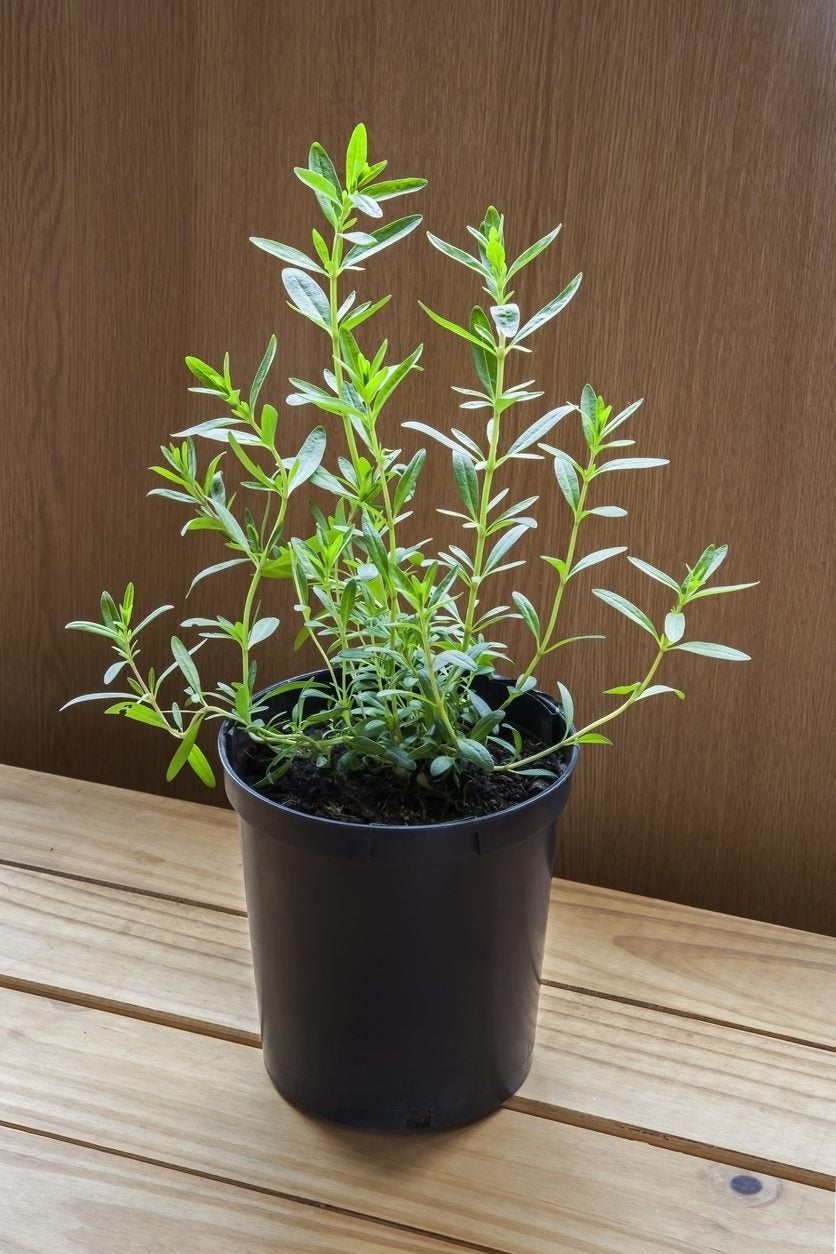 Hyssop Plants In Containers – Can You Grow Hyssop In Pots
Hyssop Plants In Containers – Can You Grow Hyssop In PotsHyssop is, like many other herbs, very tolerant of a variety of environments. But how about growing hyssop plants in containers? Can you grow hyssop in pots? Click on this article to find out how to grow a hyssop plant in a pot.
By Amy Grant
-
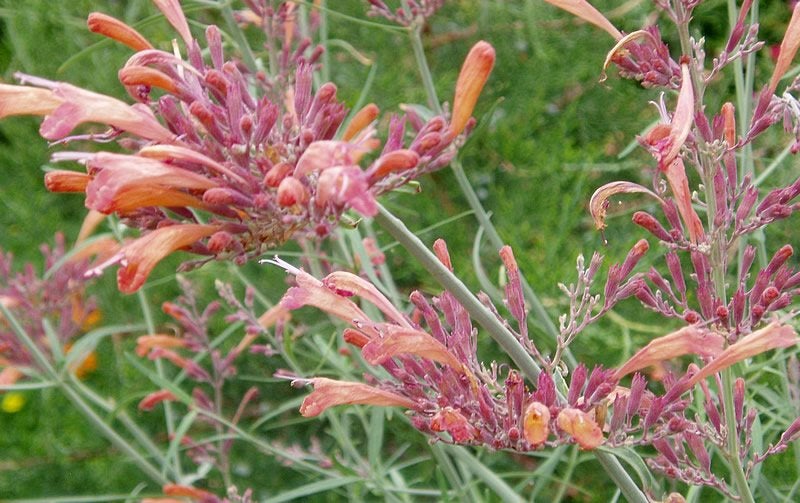 Sunset Hyssop Information: How To Grow Sunset Hyssop Plants
Sunset Hyssop Information: How To Grow Sunset Hyssop PlantsAs the name implies, sunset hyssop plants produce trumpet-shaped blooms that share the colors of the sunset. Growing sunset hyssop isn't difficult, as the plant is drought-tolerant and requires little maintenance. This article will help get your started.
By Mary H. Dyer
-
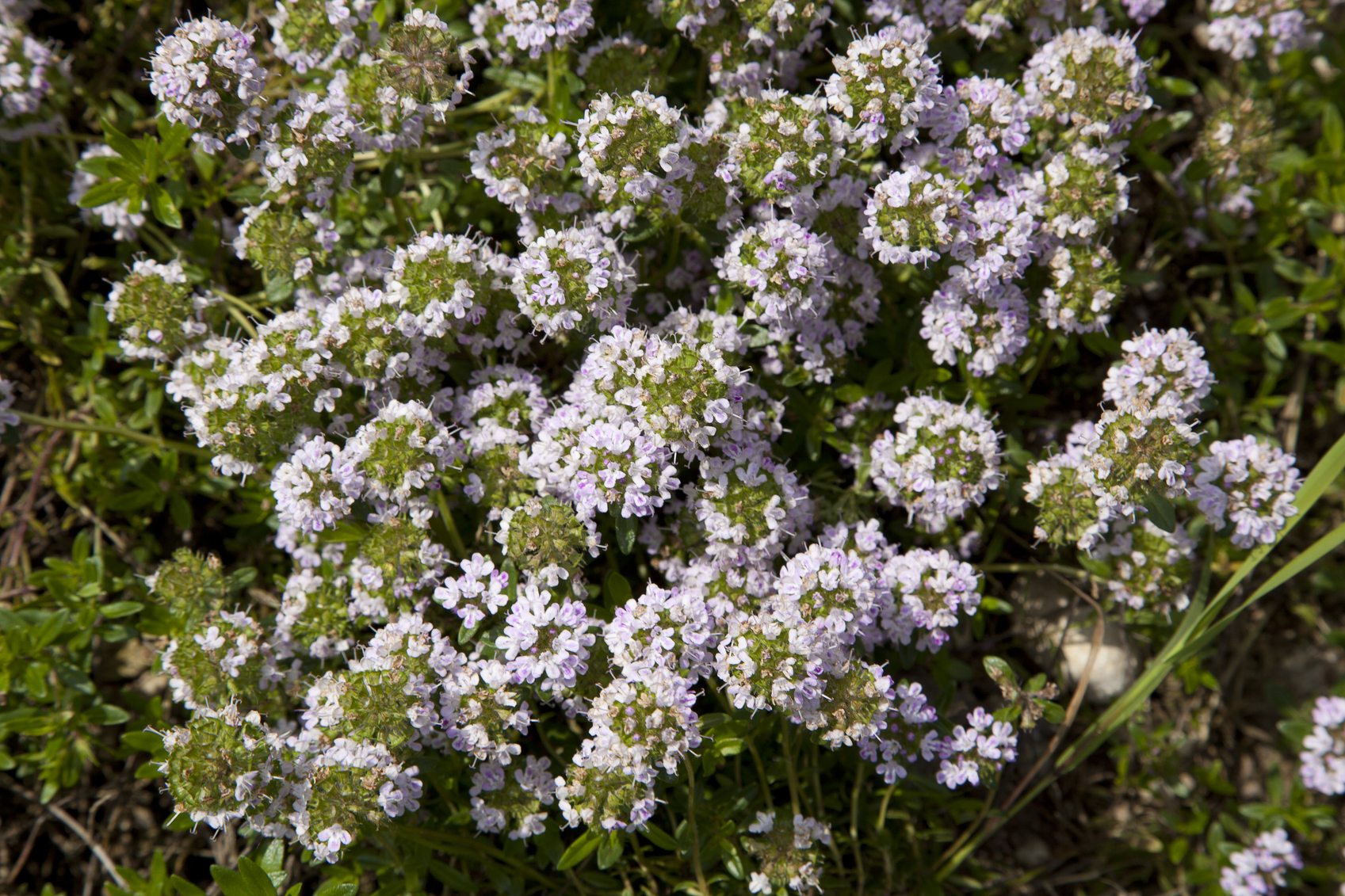 Agastache Plant Types – Varieties Of Hyssop For The Garden
Agastache Plant Types – Varieties Of Hyssop For The GardenAgastache varieties may cross pollinate and produce specimens that do not mimic the parent plant. This can either be a fun occurrence or a nuisance if your preferred species is taken over by a cross. Learn more about the types of Agastache in this article.
By Bonnie L. Grant
-
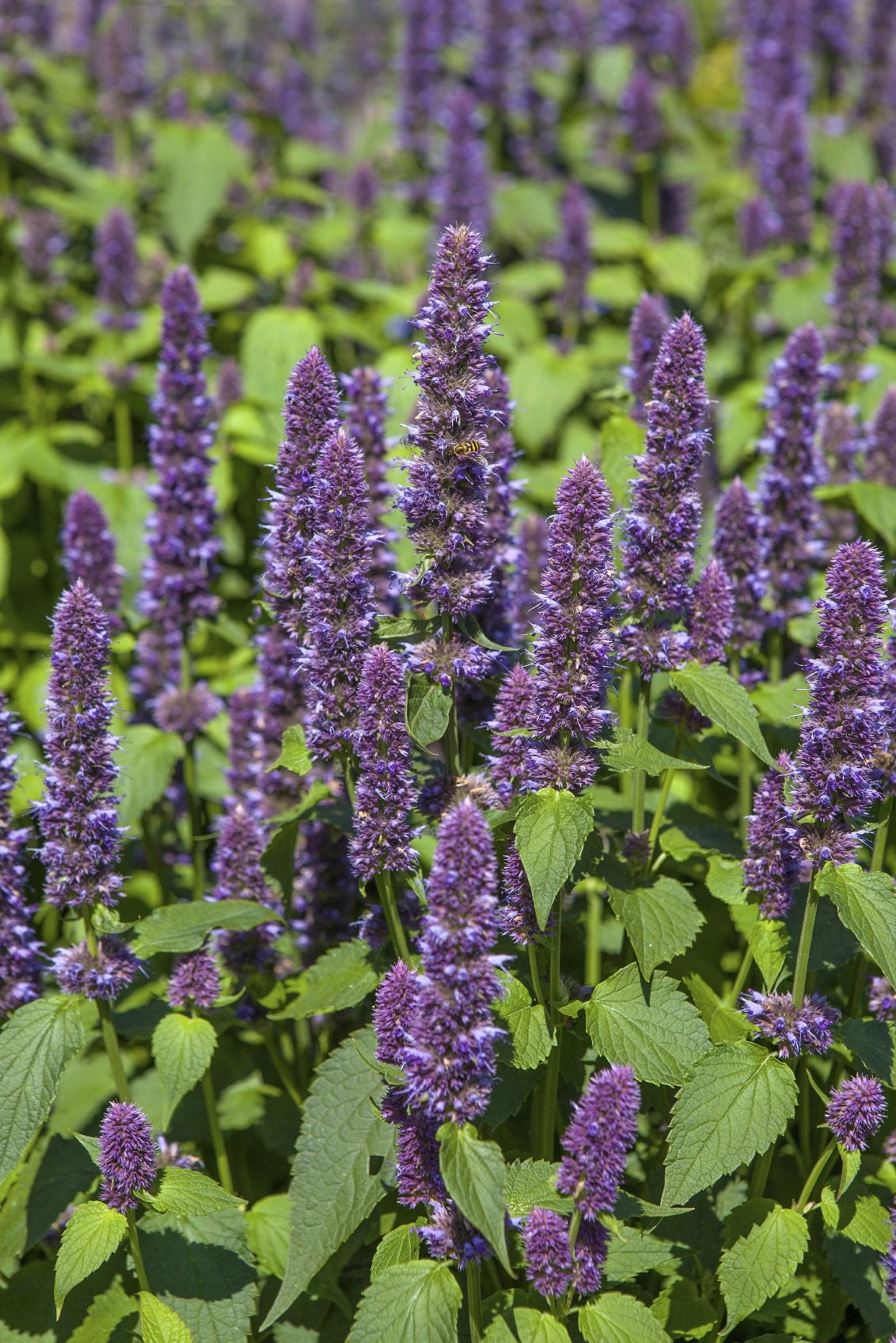 Cutting Back Anise Hyssop: How And When To Prune Agastache
Cutting Back Anise Hyssop: How And When To Prune AgastacheAgastache, or anise hyssop, is an aromatic, culinary, cosmetic, and medicinal herb. Light trimming will keep the plant looking its best. In this article, we will discuss when and how to prune Agastache for the best results and a healthy plant.
By Bonnie L. Grant
-
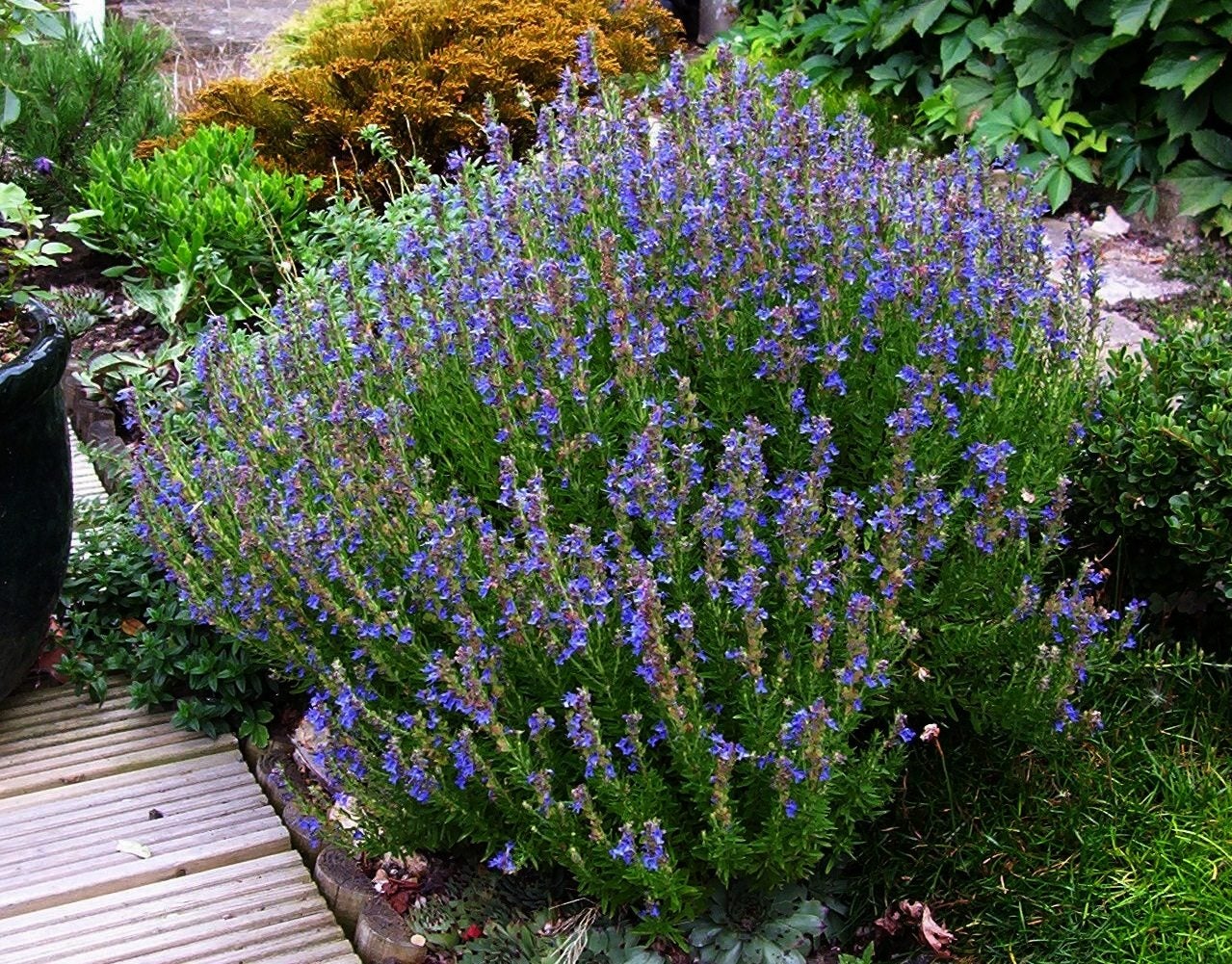 Tips For Growing Hyssop Plant In Your Garden
Tips For Growing Hyssop Plant In Your GardenHyssop is an attractive flowering herb commonly grown for its flavorful leaves. Growing a hyssop plant is easy and makes a lovely addition to the garden. Find out how to grow hyssop plants in this article.
By Nikki Tilley